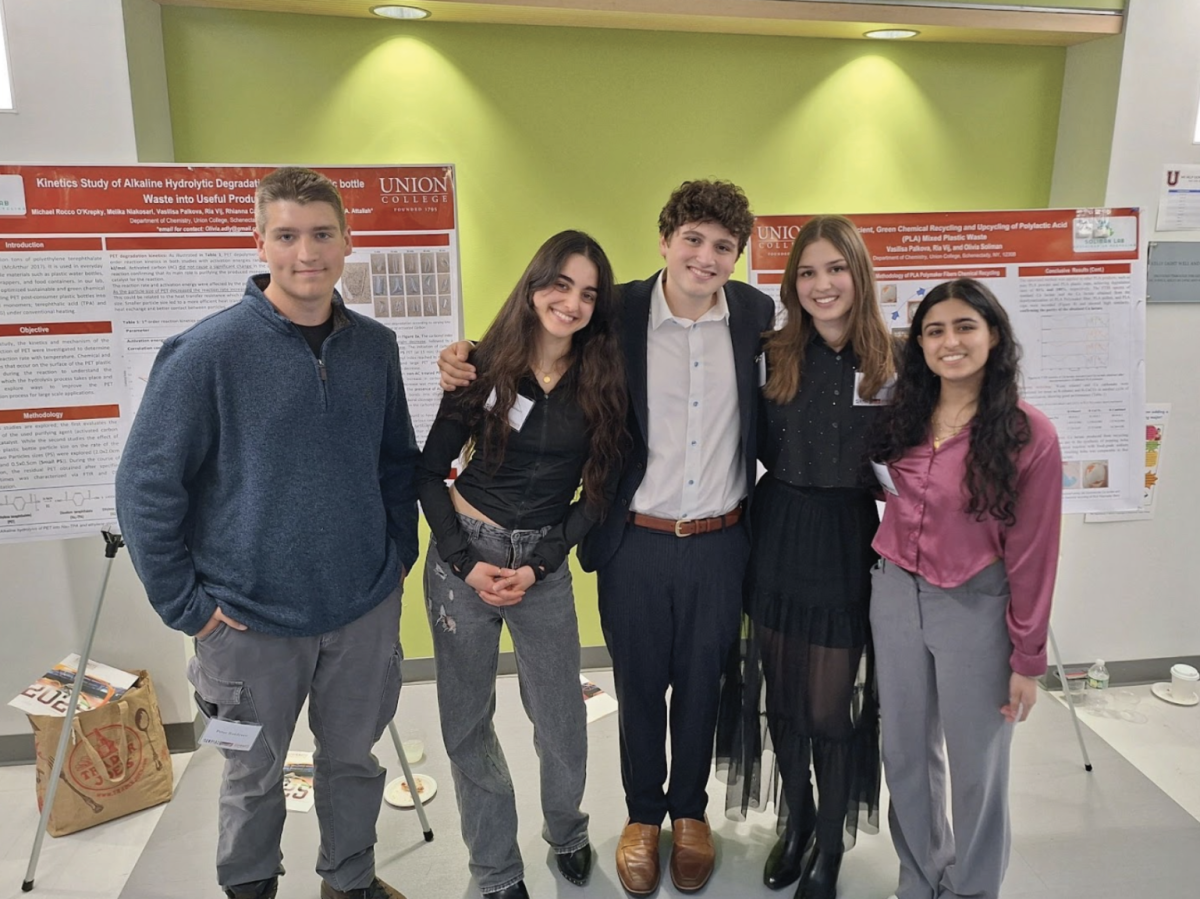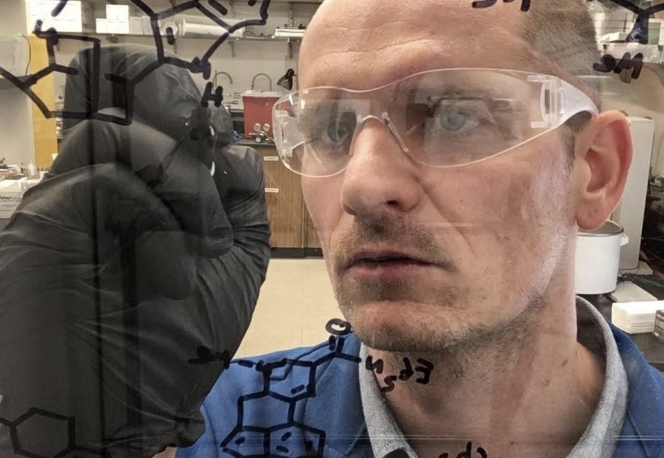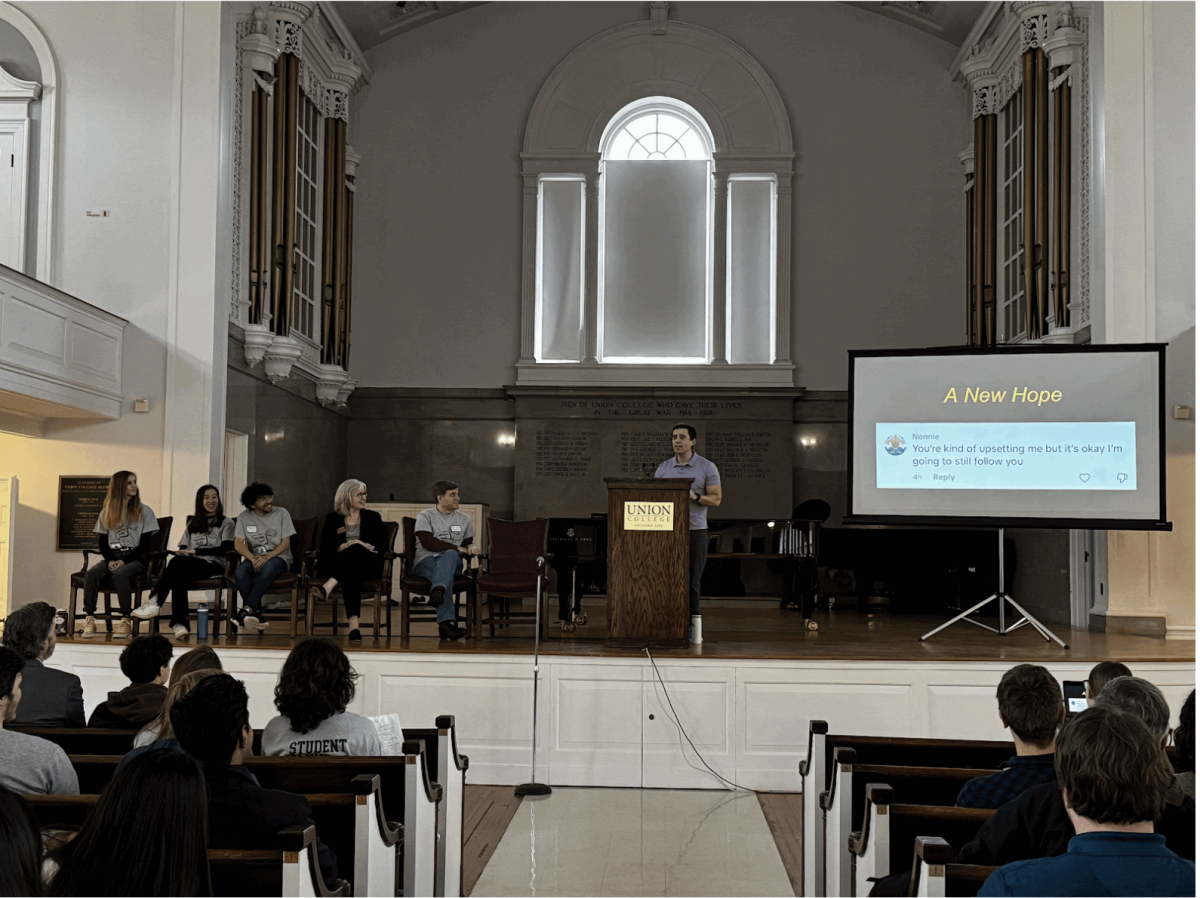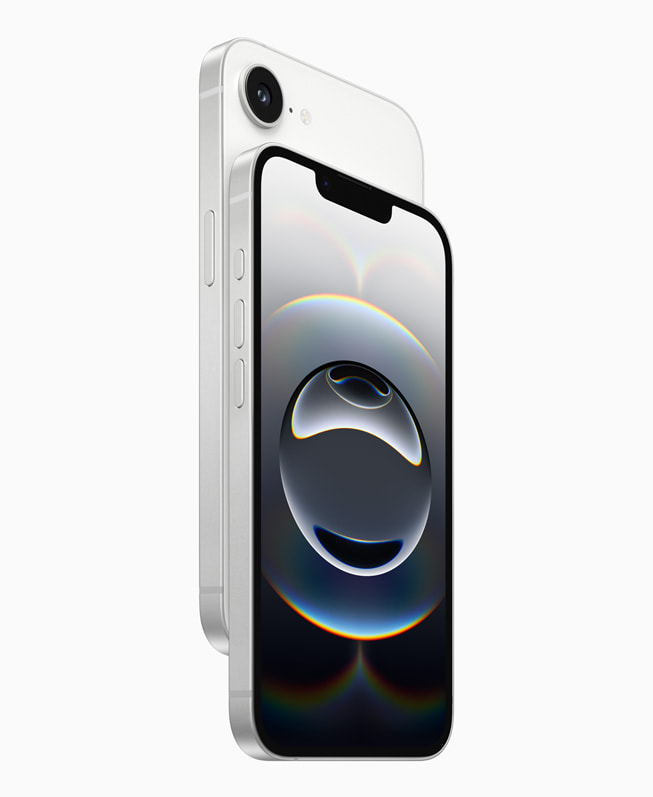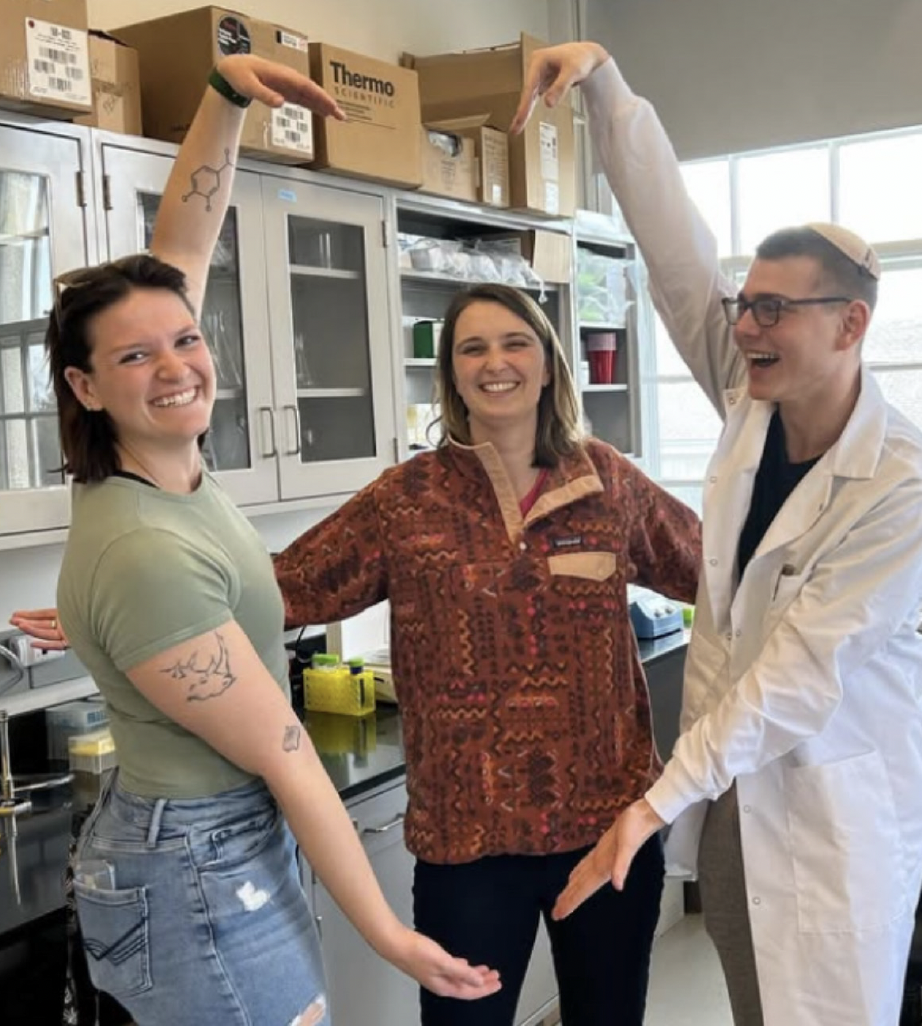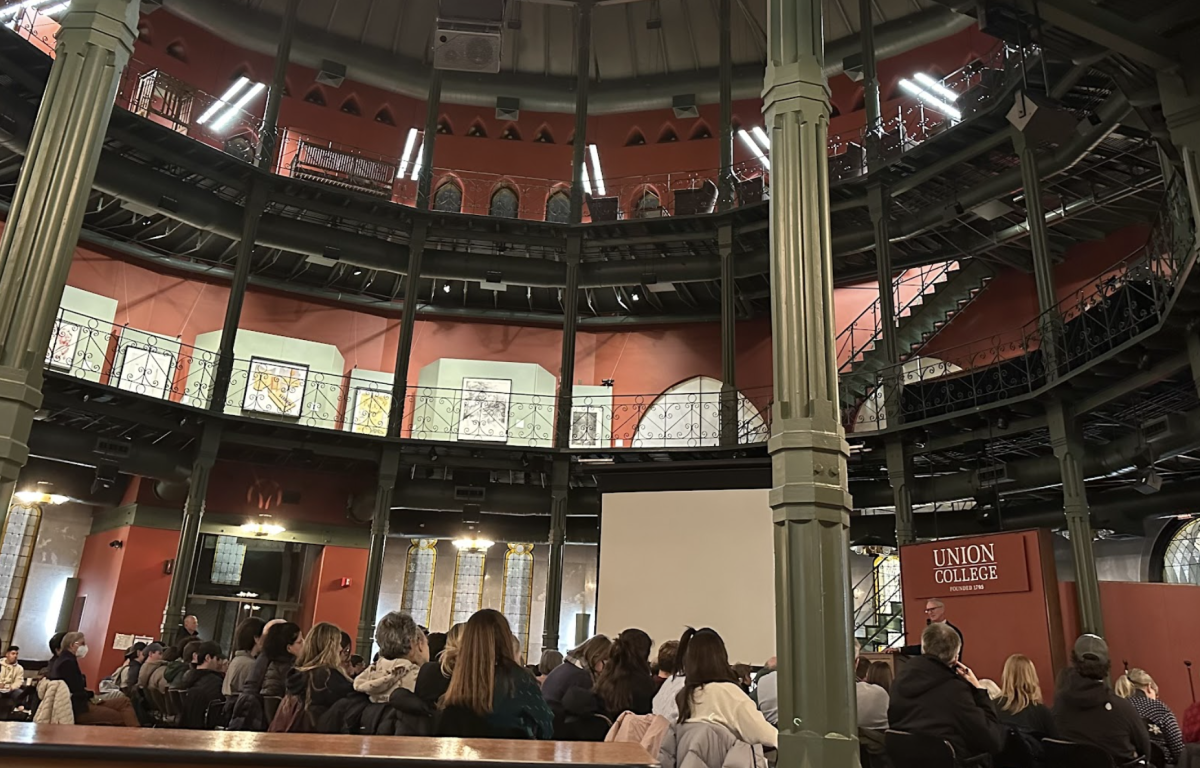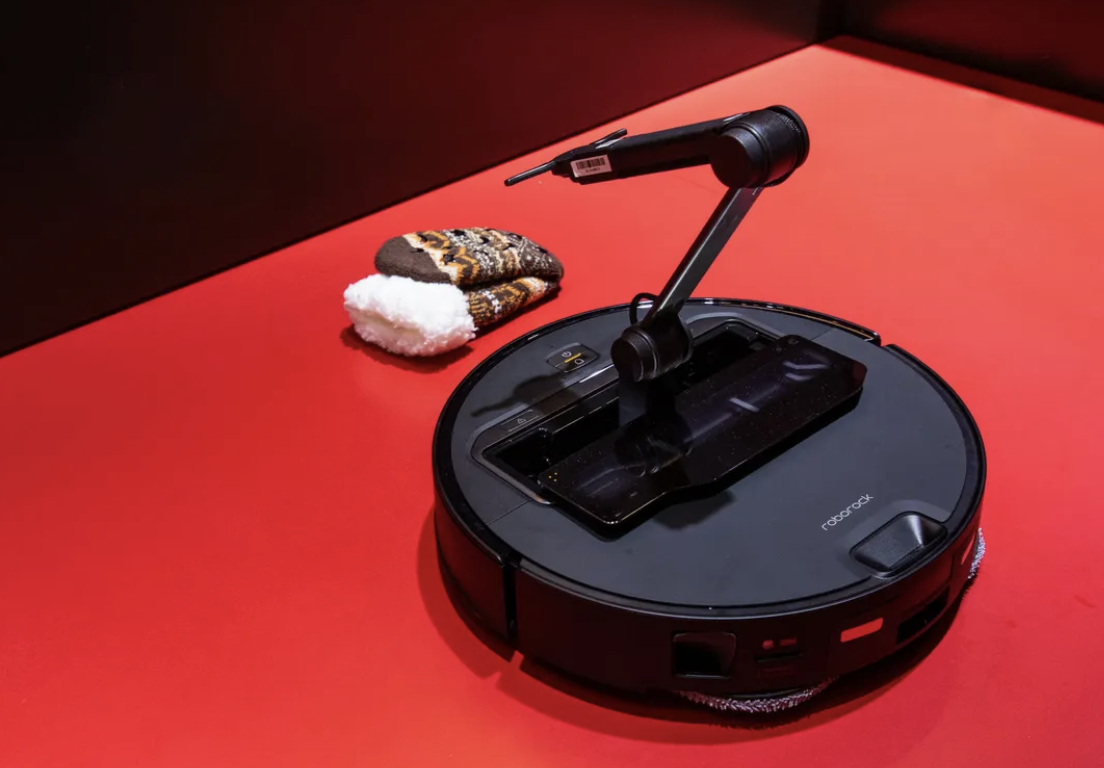In the world of music, few names resonate as profoundly as The Beatles. The iconic band’s contributions to the musical landscape are unparalleled, shaping generations and leaving an indelible mark on the industry. It’s a legacy that transcends time, and just when we thought we had heard it all, a surprising revelation has come to light – The Beatles have one last song to share with the world. “Now and Then” is the final masterpiece from this legendary quartet, and it’s a testament to both their timeless artistry and the cutting-edge technology that has brought their last creation to life.
The story of “Now and Then” is not a simple one. It began its journey in the late 1970s when John Lennon recorded a demo with vocals and piano at his home in New York’s Dakota Building. In 1994, Yoko Ono, Lennon’s widow, shared this recording, along with demos for “Free As A Bird” and “Real Love,” with Paul McCartney, George Harrison, and Ringo Starr. These songs emerged as part of The Beatles’ Anthology project, bridging the gap between the past and the present. The idea of bringing “Now and Then” to life has lingered since then, but technological limitations hindered its completion.
Fast forward to recent times, where advancements in audio technology have breathed new life into this long-lost gem. The Beatles’ enduring members, Sir Paul McCartney and Sir Ringo Starr, undertook the remarkable task of finishing the song. What sets this journey apart is the role that artificial intelligence played in the resurrection of “Now and Then.”
AI has long been making waves in the music industry, and its capabilities are awe-inspiring. In the case of The Beatles’ final song, AI technology played a vital role in preserving the clarity and integrity of John Lennon’s original vocal performance. The process involved separating his voice from the accompanying piano, a task that AI executed with remarkable precision. This technology allowed the band to isolate Lennon’s voice, remove unwanted noise, and extract his pure vocals. It’s a fusion of artistic creativity and technological prowess.
The end result is a recording that evokes the unmistakable spirit of The Beatles. With the addition of new vocals, drums, bass, guitar, and piano, the song has been transformed into a stunning tribute to the band’s legacy. George Harrison’s electric and acoustic guitar parts from 1995 and a slide guitar solo inspired by him were incorporated, adding another layer of nostalgia to the song.
Furthermore, the orchestration of “Now and Then” was enriched with a string arrangement by Giles Martin, the son of the legendary Beatles producer George Martin. Along with Paul McCartney and composer Ben Foster, the song features backing vocals from three other Beatles classics – “Here, There and Everywhere,” “Eleanor Rigby,” and “Because.” It’s a nod to their storied history and the unique journey that brings us their final masterpiece.
The release of “Now and Then” is a momentous occasion in the world of music. More than five decades after The Beatles disbanded, their creativity continues to find new expressions. The song will serve as a double A-side single with their 1962 debut hit, “Love Me Do,” and features original cover art by the renowned artist Ed Ruscha.
As we eagerly await the release of this historic track, we are reminded of the boundless possibilities that AI and human creativity can unlock when combined. The Beatles, with their timeless music, have taken one final step into the future, leaving an enduring mark that transcends both time and technology. The legacy of “Now and Then” is a testament to the enduring power of music, guided by the hands of innovation. It’s a final encore that Beatles fans worldwide have been waiting for, a timeless gift that defies the limitations of the past.



